Stunning Companion Plants For Sweet William
Stunning Companion Plants for Sweet William
Sweet William (Dianthus barbatus) is a beautiful and versatile flower that can add a touch of elegance to any garden. With its fragrant blooms and delicate petals, sweet William is a perfect choice for borders, cutting gardens, and even bouquets. But did you know that sweet William can also benefit from being planted near other companion plants?
In this blog post, we will discuss some of the best companion plants for sweet William. These plants will help to attract pollinators, improve the overall health of your sweet William plants, and add visual interest to your garden.
Choosing Companion Plants for Sweet William
When choosing companion plants for sweet William, it is important to consider the following factors:
- Sunlight: Sweet William needs full sun to partial shade. When choosing companion plants, make sure they have similar sunlight requirements.
- Water: Sweet William is a relatively drought-tolerant plant, but it does need regular watering during the first year of growth. When choosing companion plants, make sure they have similar water needs.
- Soil: Sweet William prefers well-drained soil. When choosing companion plants, make sure they have similar soil requirements.
- Pollinators: Sweet William is a magnet for pollinators, such as bees, butterflies, and hummingbirds. When choosing companion plants, consider those that will also attract pollinators.
- Visual interest: Companion plants can add visual interest to your garden by providing different heights, textures, and colors. When choosing companion plants, consider how they will complement the appearance of your sweet William plants.
Here are some of the best companion plants for sweet William:
- Lavender: Lavender is a beautiful and fragrant plant that is known to attract pollinators. It also has similar sunlight and soil requirements to sweet William.
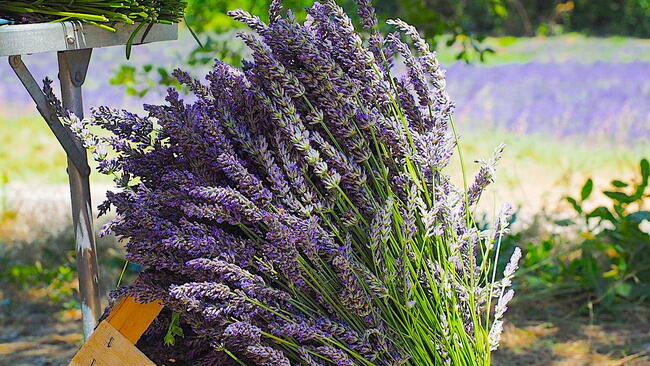
- Yarrow: Yarrow is another pollinator-friendly plant that is drought-tolerant and easy to care for. It can add a splash of color to your garden in shades of white, yellow, and pink.

- Salvia: Salvia is a versatile plant that comes in a variety of colors. It is also a magnet for pollinators and can help to deter pests.
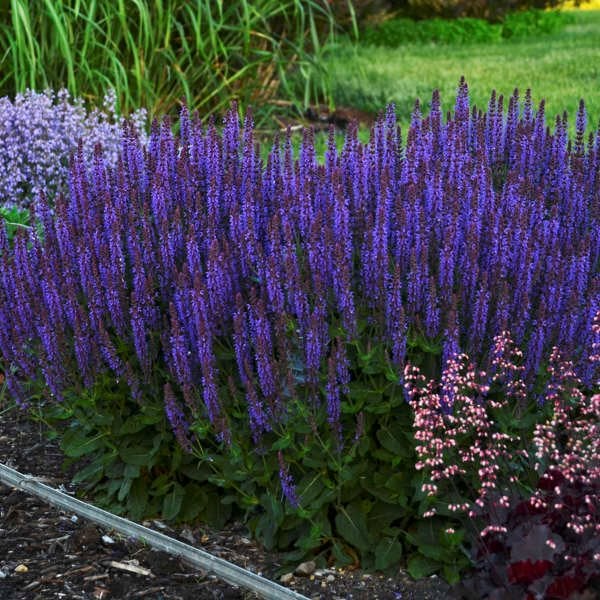
- Aster: Asters are colorful flowers that bloom in the fall. They are also drought-tolerant and easy to care for.
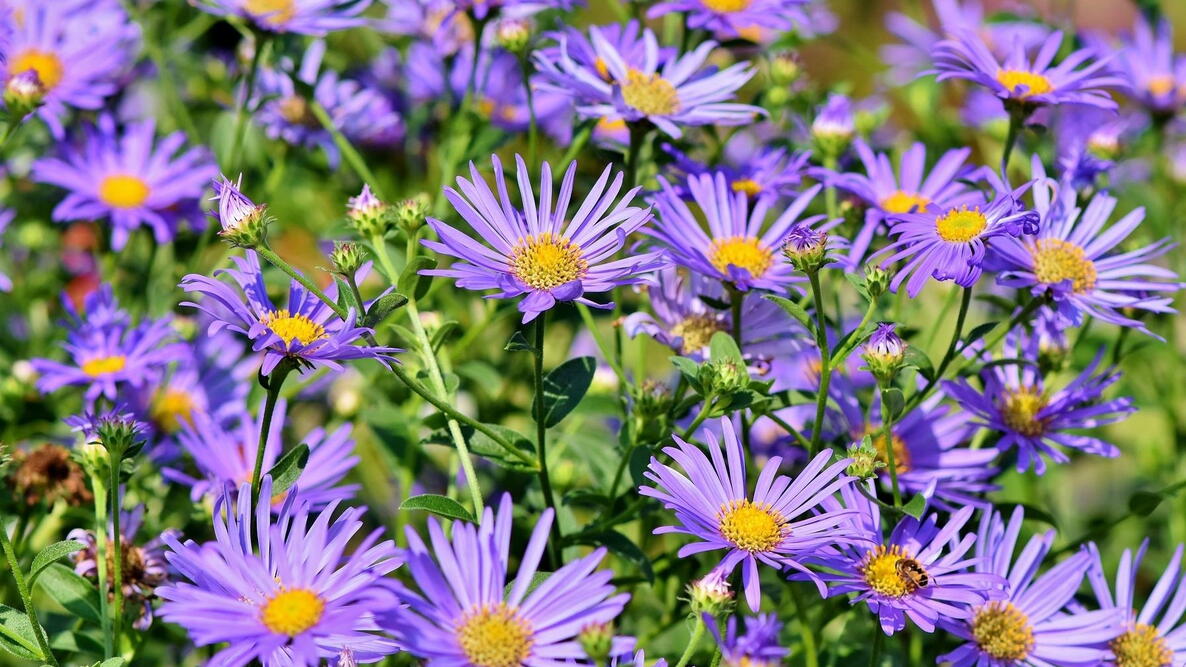
- Cosmos: Cosmos are cheerful flowers that come in a variety of colors. They are also relatively low-maintenance and can attract pollinators.
- Coneflower: Coneflowers are tall, sturdy plants that bloom in shades of purple, pink, and yellow. They are also drought-tolerant and attract pollinators.
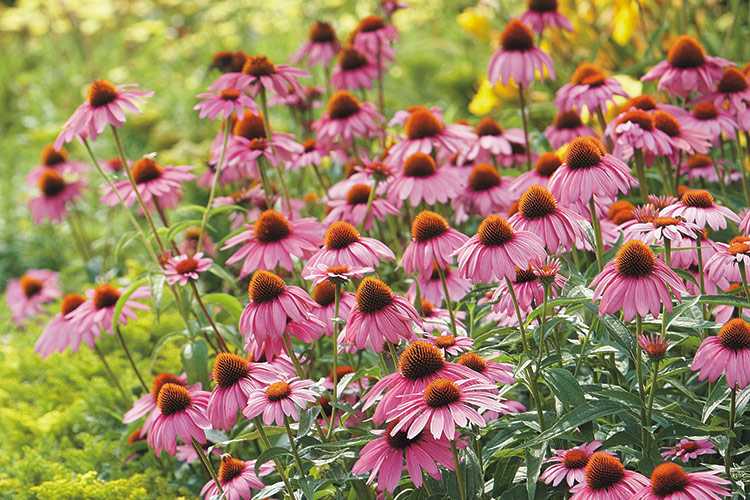
- Bee balm: Bee balm is a fragrant plant that attracts bees and other pollinators. It also has beautiful purple flowers that bloom in the summer.
- Catmint: Catmint is a low-maintenance plant that is known for its calming scent. It can also help to deter pests from your garden.

These are just a few of the many companion plants that can be paired with sweet William. When choosing companion plants, it is important to consider the factors listed above to ensure that they will thrive in your garden.
Sweet William is a beautiful flower that can add a touch of elegance to any garden. But did you know that there are certain plants that can enhance its beauty even more? That's right, sweet William companion plants can help to create a more vibrant and interesting display.
Some of the best companion plants for sweet William include:
- Lamb's ear: This soft, fuzzy plant provides a nice contrast to the sharp petals of sweet William. It also helps to deter pests and diseases. Gardenia Inspiration
- Columbine: These delicate flowers add a touch of whimsy to any garden. They also attract butterflies and hummingbirds, which will help to pollinate your sweet William plants.
- Bellflowers: These cheerful flowers come in a variety of colors, and they bloom for a long time. They also attract pollinators, and they help to suppress weeds.
- Sedum: This drought-tolerant plant adds a touch of texture to your garden. It also helps to prevent erosion, and it attracts beneficial insects.
- Creeping phlox: This low-growing plant spreads quickly to create a lush, colorful groundcover. It also attracts butterflies and hummingbirds.
If you're looking to add some sweet William companion plants to your garden, be sure to visit Gardenia Inspiration. They have a wide variety of plants to choose from, and their knowledgeable staff can help you select the right ones for your needs.
FAQ of sweet william companion plants
Q: What are some good companion plants for sweet william?
A: Sweet william (Dianthus barbatus) is a low-maintenance flower that prefers full sun and well-drained soil. It is a good companion plant for other flowers that have similar growing conditions, such as:
- Annuals: geraniums, petunias, pansies, verbena, snapdragons, salvia, bachelor's button, sweet pea, zinnia
- Perennials: lamb's ear, lavender, roses, poppies, coreopsis, hollyhocks, hyssop, delphiniums, dicentra (bleeding heart)
- Shrubs: lilac, viburnum, forsythia, spirea, beautyberry
Q: What should I avoid planting near sweet william?
A: Sweet william should not be planted near plants that prefer moist soil, such as hostas, ferns, and lilies. It is also not a good idea to plant sweet william near plants that have strong scents, such as lilies of the valley or night-blooming jasmine. The strong scent of these plants can overpower the delicate fragrance of sweet william.
Q: Can sweet william grow from cuttings?
A: Yes, sweet william can be propagated from cuttings. To take a cutting, simply cut a healthy stem from the plant and remove the lower leaves. Dip the end of the cutting in rooting hormone and plant it in a pot of well-draining potting mix. Keep the potting mix moist and the cutting in a warm, sunny location. The cutting should root in about 2-3 weeks.
Q: How do I deadhead sweet william?
A: Deadheading is the process of removing spent flowers. This helps to encourage the plant to produce more flowers. To deadhead sweet william, simply pinch off the spent flowers with your fingers. You can also use a pair of scissors to snip off the spent flowers.
Q: How do I overwinter sweet william?
A: Sweet william is a hardy perennial that can overwinter in most climates. However, in colder climates, it may be necessary to protect the plant from the cold. To overwinter sweet william, simply mulch the plant with a layer of organic matter, such as leaves or straw. You may also need to cover the plant with a protective layer, such as a burlap sack or plastic sheet.
Image of sweet william companion plants
- Sweet william and roses: Sweet william and roses are both fragrant flowers that can be planted together in a garden. The sweet william's delicate blooms will complement the roses' more showy petals.
- Sweet william and lavender: Sweet william and lavender are both herbs that can be planted together in a herb garden. The sweet william's sweet scent will complement the lavender's more herbal aroma.
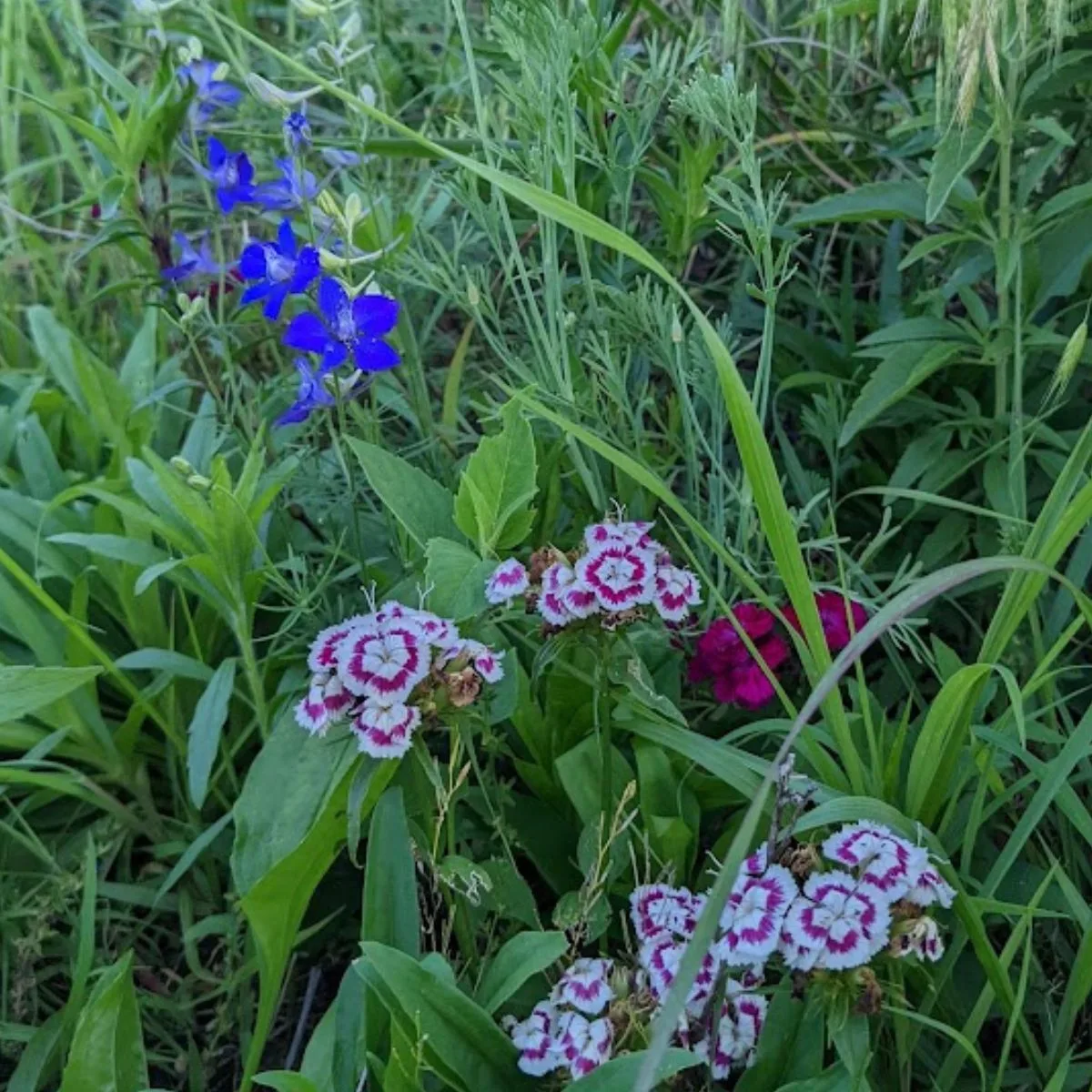
- Sweet william and sunflowers: Sweet william and sunflowers are both tall flowers that can be planted together in a flower bed. The sweet william's delicate blooms will contrast with the sunflowers' large, bright petals.

- Sweet william and daisies: Sweet william and daisies are both wildflowers that can be planted together in a meadow or wildflower garden. The sweet william's bright colors will complement the daisies' white petals.

- Sweet william and snapdragons: Sweet william and snapdragons are both biennial flowers that can be planted together in a garden. The sweet william's tall spikes of blooms will contrast with the snapdragons' more compact flowers.
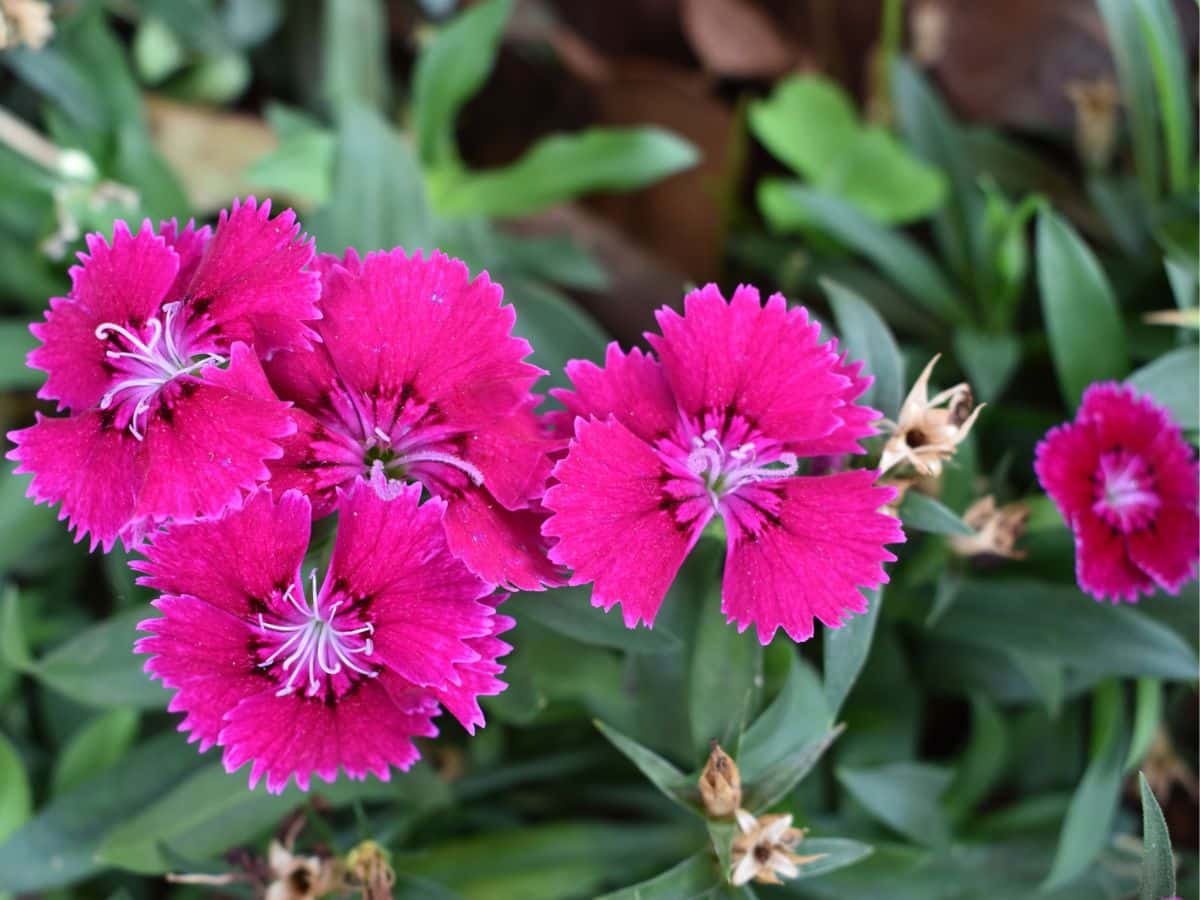
Post a Comment for " Stunning Companion Plants For Sweet William"